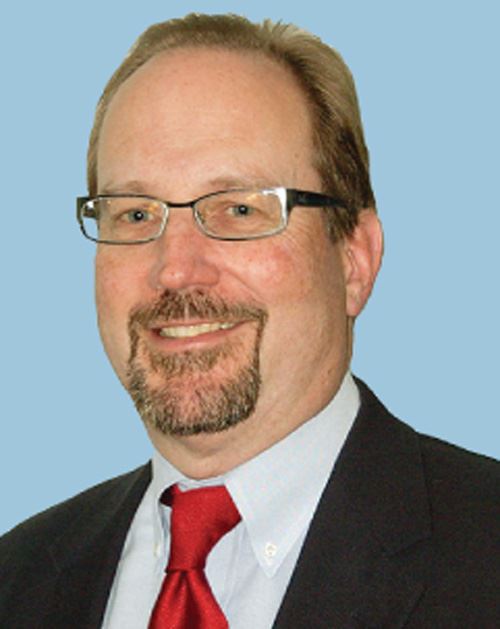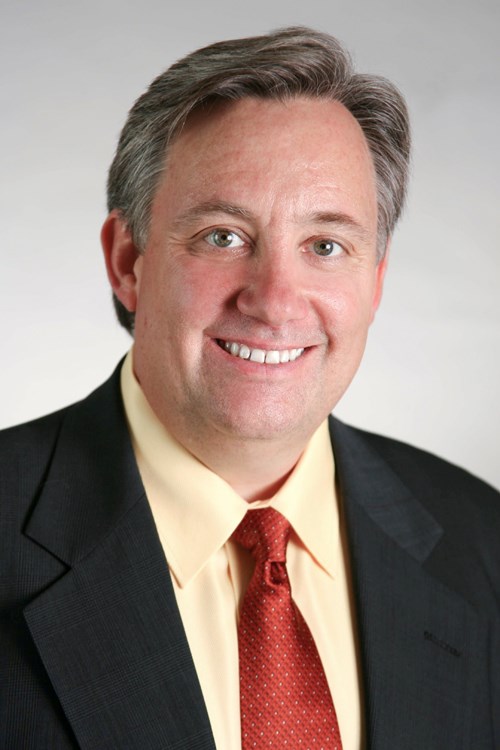An out-of-autoclave progress report
CW Conferences director Scott Stephenson recalls Dale Brosius’ update on Quickstep’s out-of-autoclave work for the F-35 program.
Share
Read Next
It’s well known that aerospace industry qualification requirements create a high barrier of entry for new resins, fibers, adhesives or manufacturing processes. Aerospace OEMs — commercial aircraft builders, in particular — are forced to establish, early on, the materials and processes that will be used to manufacture a new aircraft. The use of alternatives to qualified materials and processes, although feasible, requires requalification, which can be prohibitively time-consuming and expensive.
Convincing a Boeing or Airbus to requalify a new material or process, then, is not easy, even when the case for the new technology is compelling in terms of saving time and money. One alternative for manufacturers of composite materials and processes is to introduce the technology into the military aerospace market first, where U.S. Department of Defense funding can offset some of the cost of qualification, and then target a larger commercial application.
It was in this regulatory environment that Quickstep (North Coogee, Australia) found itself in 2001, following development of its out-of-autoclave fluid heating technology for the molding of composite structures. Dale Brosius, president of the company’s U.S. subsidiary, Quickstep Composites LLC (Dayton, Ohio), spoke at CompositesWorld’s Carbon Fiber 2010 conference this past December in La Jolla, Calif., and updated the audience on Quickstep’s efforts to move its technology into the production manufacturing environment.
The Quickstep process uses a composite tool that floats on a bladder over a heat transfer fluid. This structure is surrounded by a pressure chamber. Computer control systems and the use of hot and cold heat transfer fluids allows for rapid curing of composite components without an autoclave. The temperatures, dwell times and mold pressures can be customized for individual parts and applications, and the use of heat transfer fluids allows for a rapid transition from one thermal state to another.
Brosius reported primarily on Quickstep’s recent success in landing Small Business Innovation Research (SBIR) development contracts with the U.S. Air Force for the manufacture of composite structures on the F-35 Lightning II. The first, a Phase I contract awarded in 2009 to Quickstep and manufacturing partner Vector Composites Inc. (Dayton, Ohio), was to develop a viable out-of-autoclave cure cycle for Cytec Engineered Materials’ (Tempe, Ariz.) Cycom 5250-4 bismaleimide (BMI) prepreg combined with Hexcel’s (Stamford, Conn.) IM7 carbon fiber using the Quickstep process. The companies evaluated laminate quality and mechanical performance and compared the results to an autoclave baseline. The industrial partner was ITT Integrated Structures (Salt Lake City, Utah).
Brosius said the Phase I work produced 32 panels using 21 unique process combinations, with various bagging schemes, thermal profiles, dwell times, vacuum levels and fluid pressures. He said the best performance was found when the vacuum levels inside the part and above the part were controlled independently. This permitted the extraction of air and void-forming gases, while also providing required compaction at gelation.
The subsequent Phase II contract, awarded to Vector and Quickstep, expands the work to include Cytec’s Cycom 977-3 epoxy structural prepreg, in addition to Cycom 5340-4 BMI. The 27-month effort involves development of a database of mechanical properties relevant to the critical design inputs, including hot/wet conditions; demonstration of manufacturing technology using prototype full-scale structural components that represent the blade seals and stabilizer spars on the current F-35 design; and subsequent destructive or fatigue testing. The effort includes production-capable tooling design and manufacture and demonstration of the intended manufacturing steps. Also on the docket is a cost analysis and comparison of autoclave and Quickstep’s processes, based on actual parts, to build a case for industrialization. Other partners include ITT Integrated Structures (blade seals), London, U.K.-based BAE Systems (spars) and Bethesda, Md.-based Lockheed Martin (F-35 prime contractor).
In summary, Brosius noted that the Quickstep process might allow the use of an existing design allowables database with a relatively modest qualification effort. To date, both the epoxy and BMI resin systems have been successfully cured with significantly shorter cycle times and validated via a preliminary screening matrix. Since the Carbon Fiber conference, Quickstep also announced the commercialization of the Quickstep process equipment (see “Editor's Picks," at right), which makes the process available for licensed purchase by other composites processors.
Related Content
TU Munich develops cuboidal conformable tanks using carbon fiber composites for increased hydrogen storage
Flat tank enabling standard platform for BEV and FCEV uses thermoplastic and thermoset composites, overwrapped skeleton design in pursuit of 25% more H2 storage.
Read MorePultrusion: The basics
A primer describing what pultrusion is, its advantages and disadvantages, and typical applications.
Read MoreLarge-format 3D printing enables toolless, rapid production for AUVs
Dive Technologies started by 3D printing prototypes of its composite autonomous underwater vehicles, but AM became the solution for customizable, toolless production.
Read MoreSulapac introduces Sulapac Flow 1.7 to replace PLA, ABS and PP in FDM, FGF
Available as filament and granules for extrusion, new wood composite matches properties yet is compostable, eliminates microplastics and reduces carbon footprint.
Read MoreRead Next
Developing bonded composite repair for ships, offshore units
Bureau Veritas and industry partners issue guidelines and pave the way for certification via StrengthBond Offshore project.
Read MoreAll-recycled, needle-punched nonwoven CFRP slashes carbon footprint of Formula 2 seat
Dallara and Tenowo collaborate to produce a race-ready Formula 2 seat using recycled carbon fiber, reducing CO2 emissions by 97.5% compared to virgin materials.
Read MorePlant tour: Daher Shap’in TechCenter and composites production plant, Saint-Aignan-de-Grandlieu, France
Co-located R&D and production advance OOA thermosets, thermoplastics, welding, recycling and digital technologies for faster processing and certification of lighter, more sustainable composites.
Read More
























